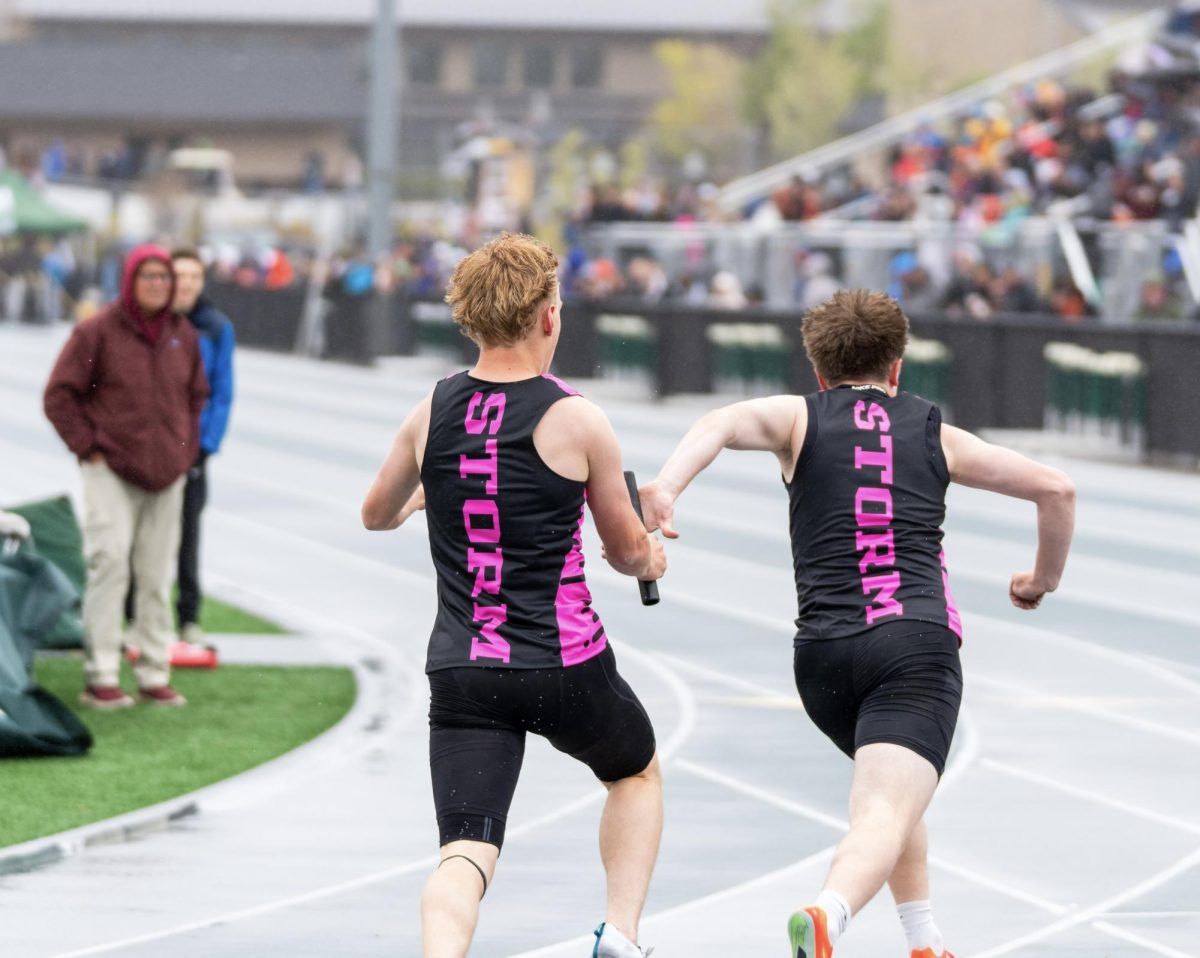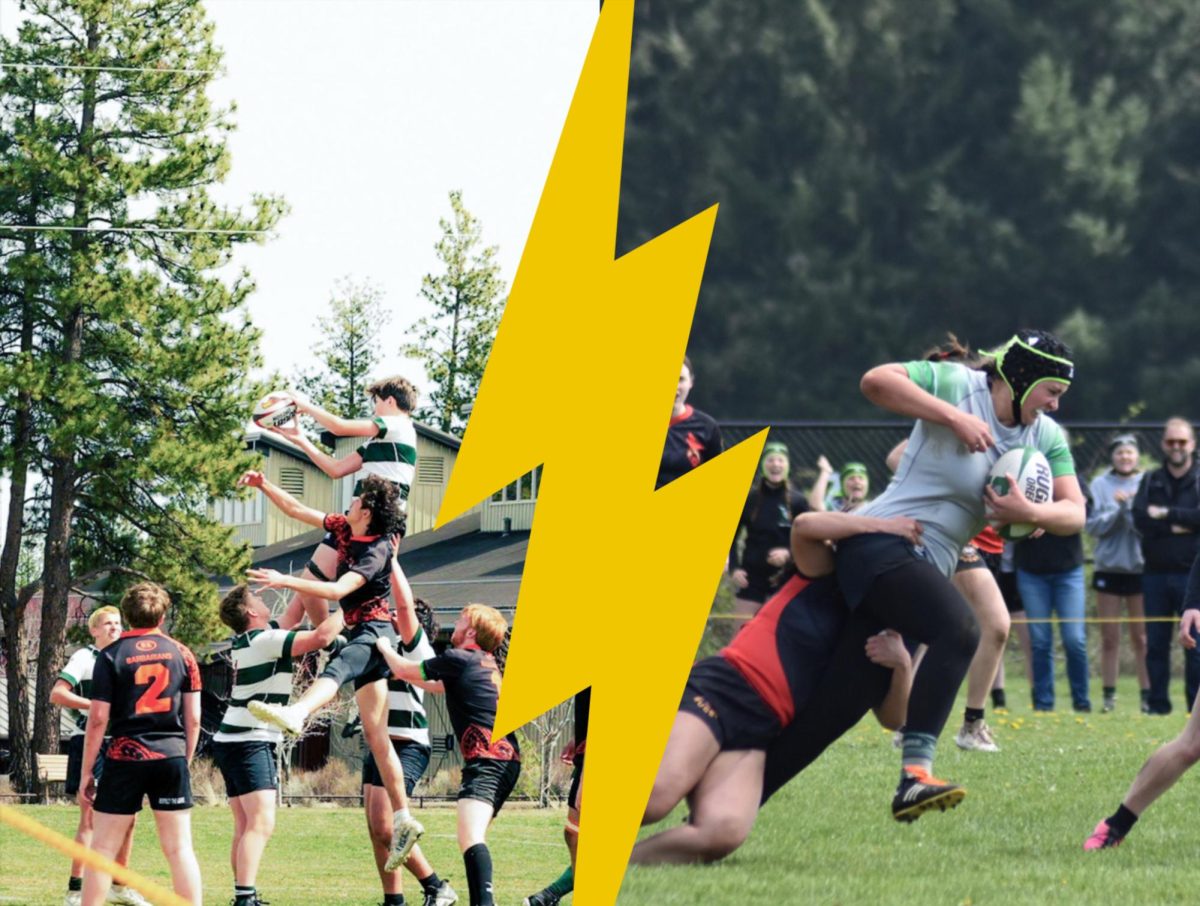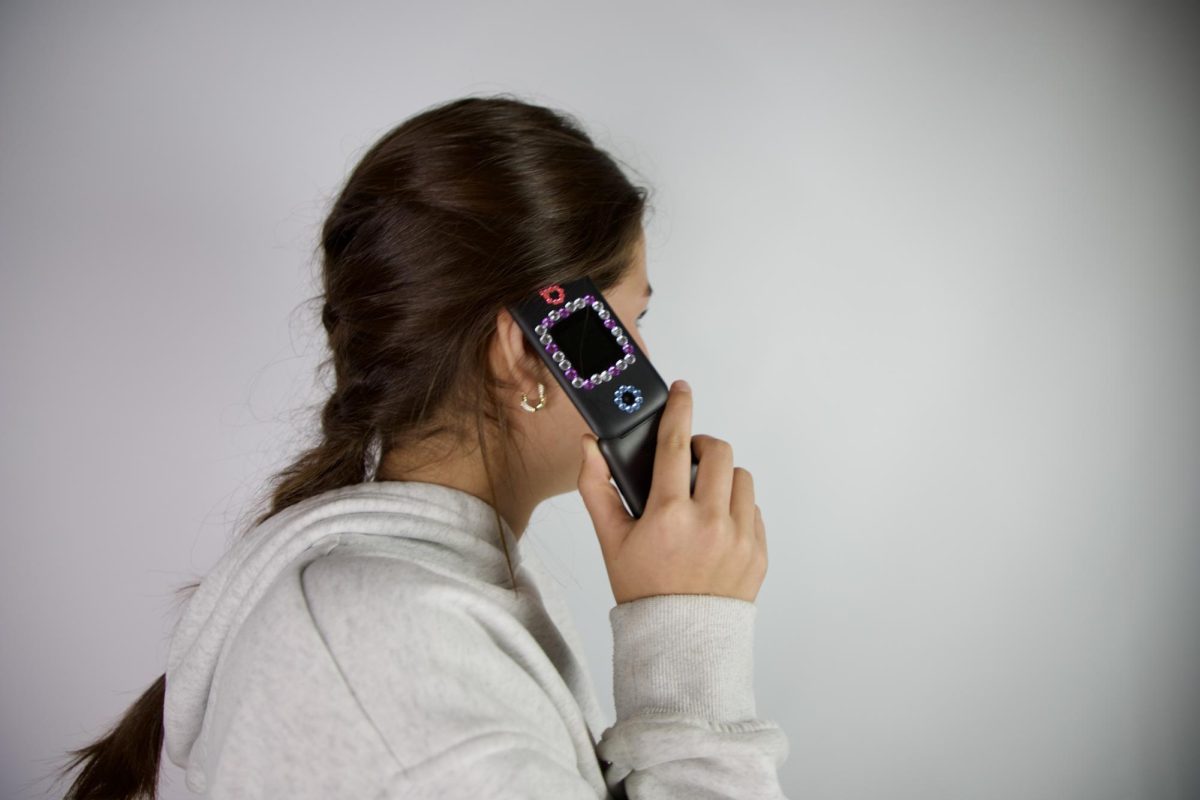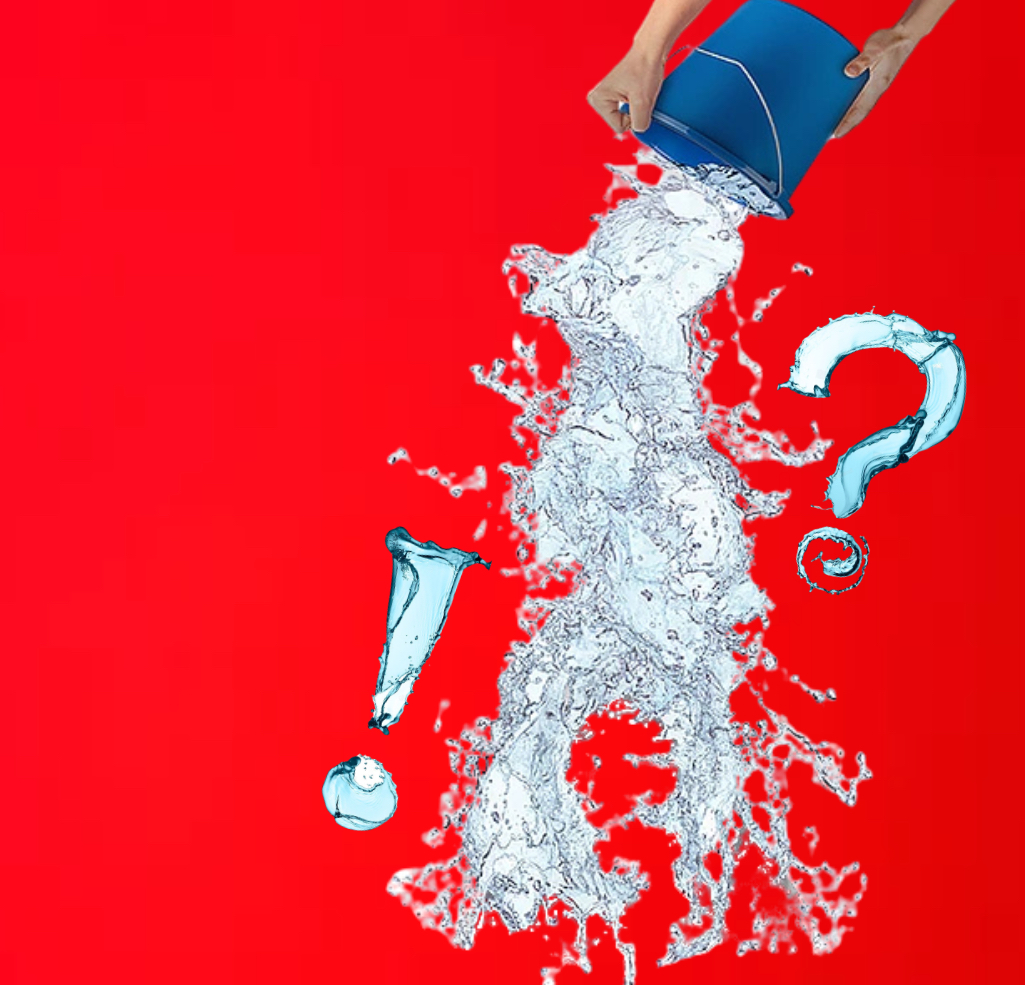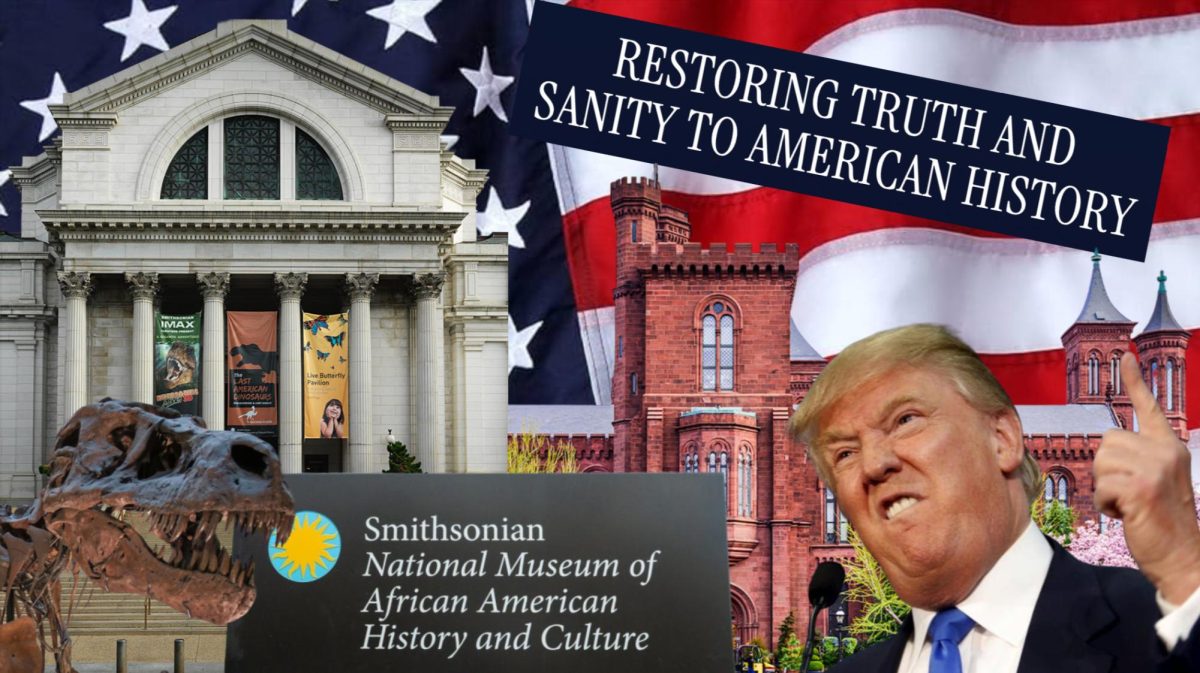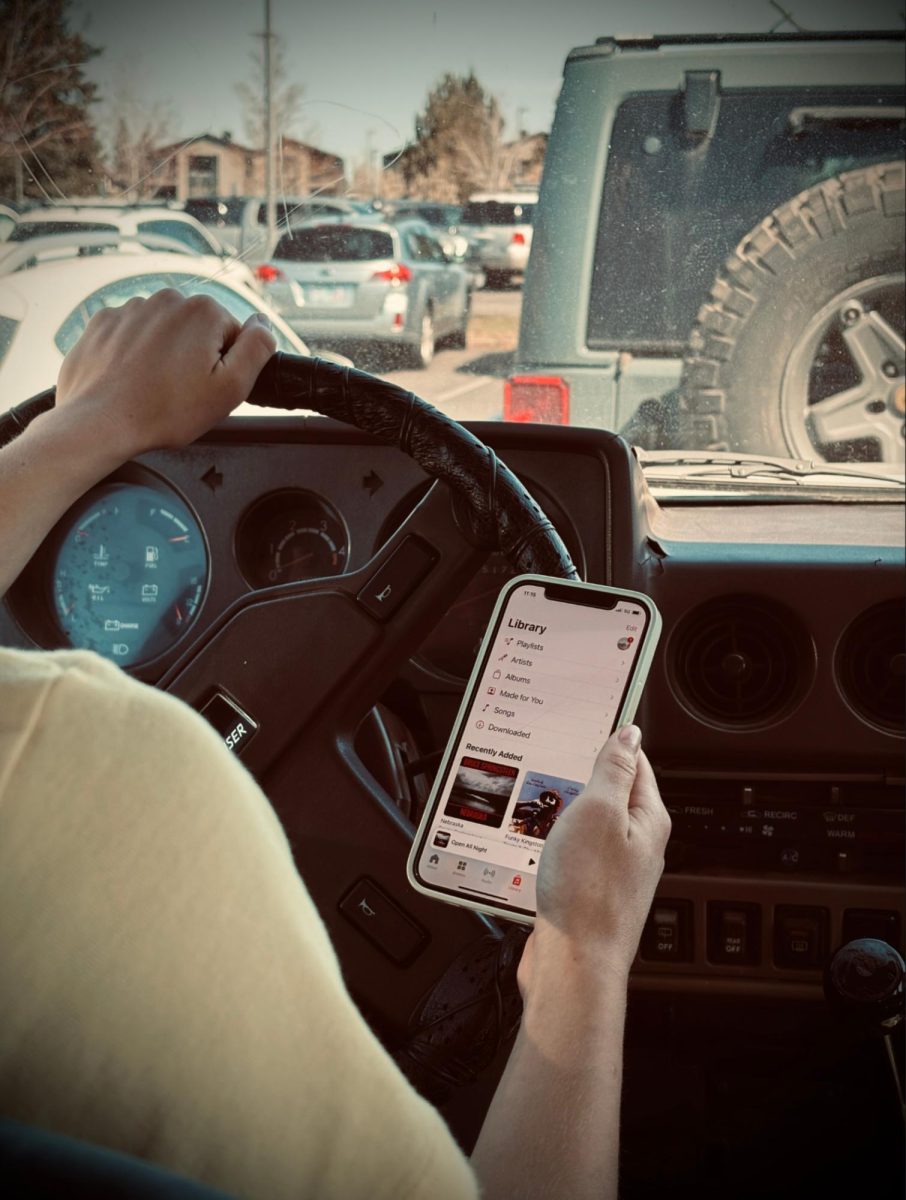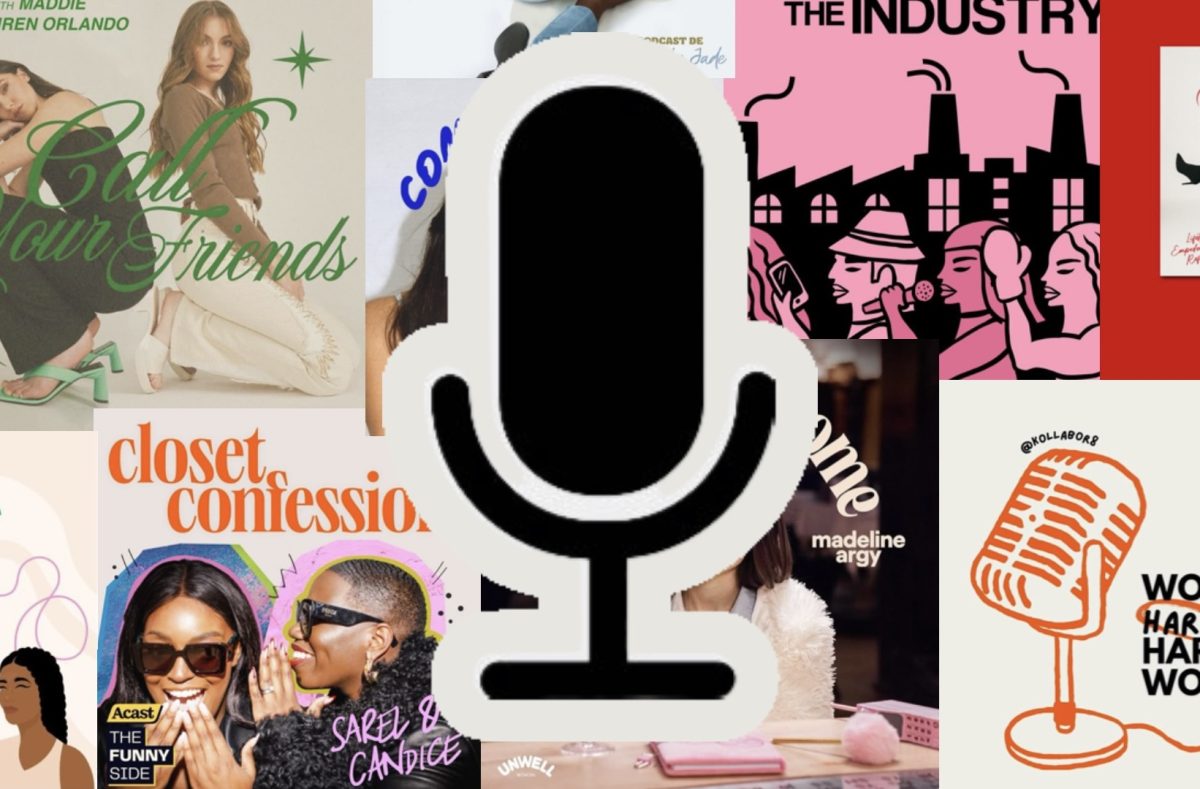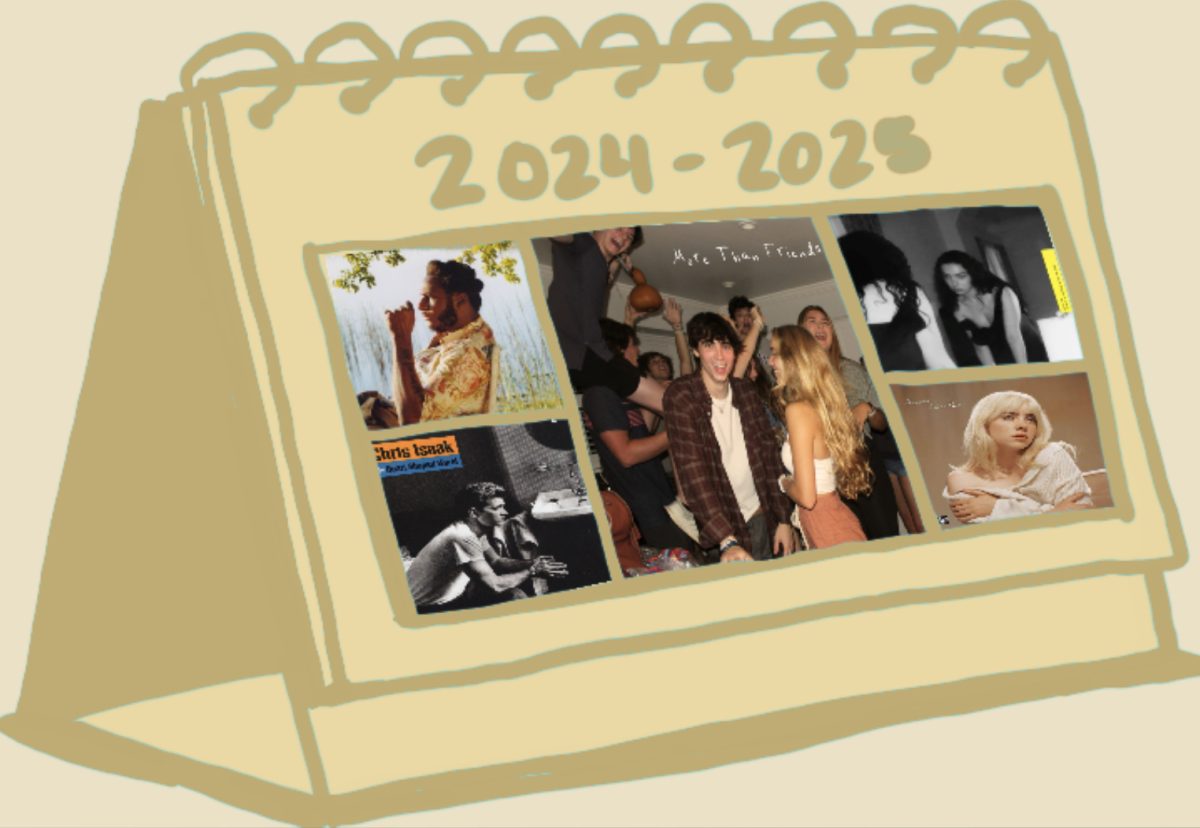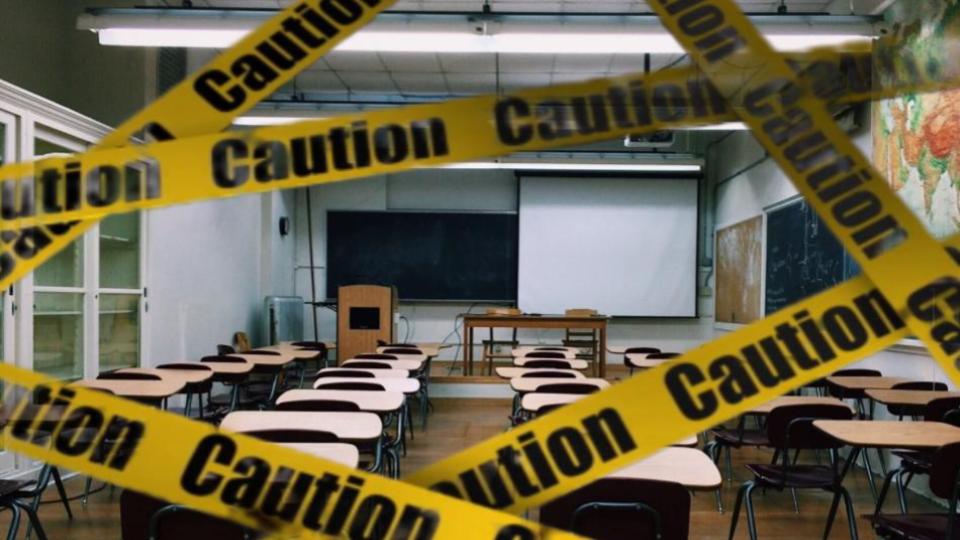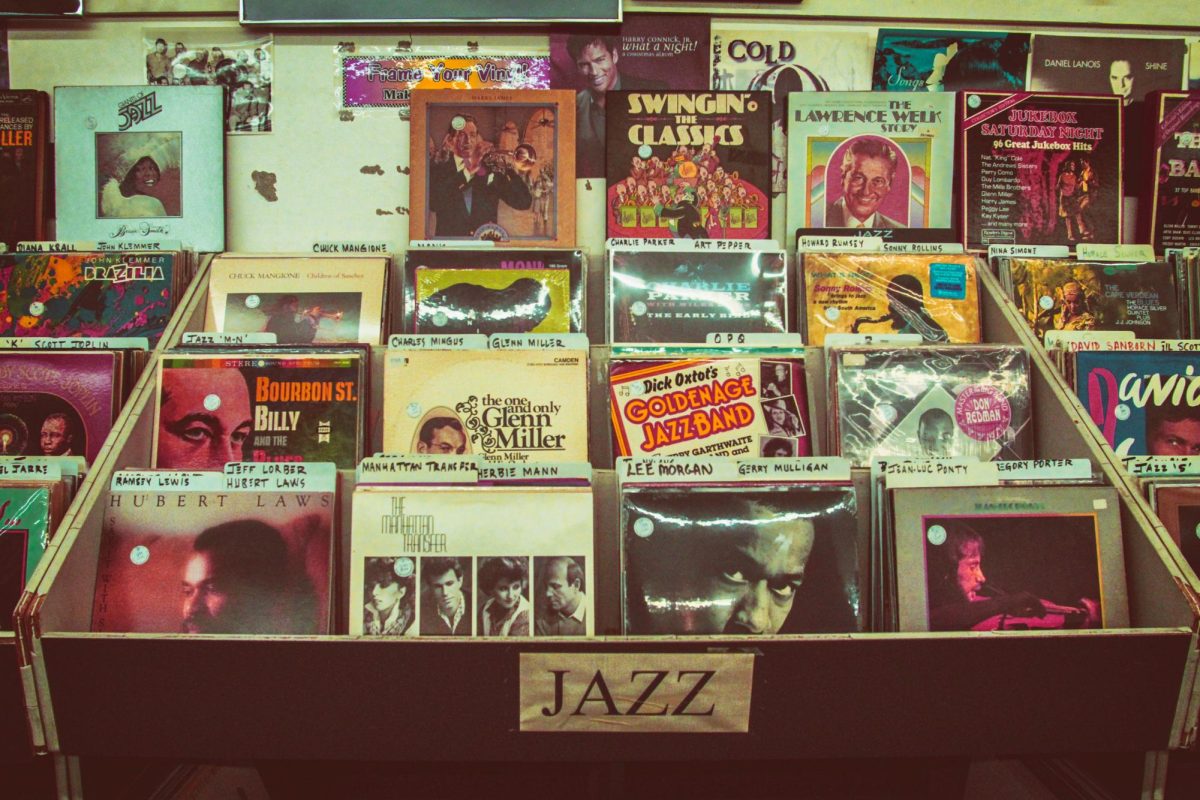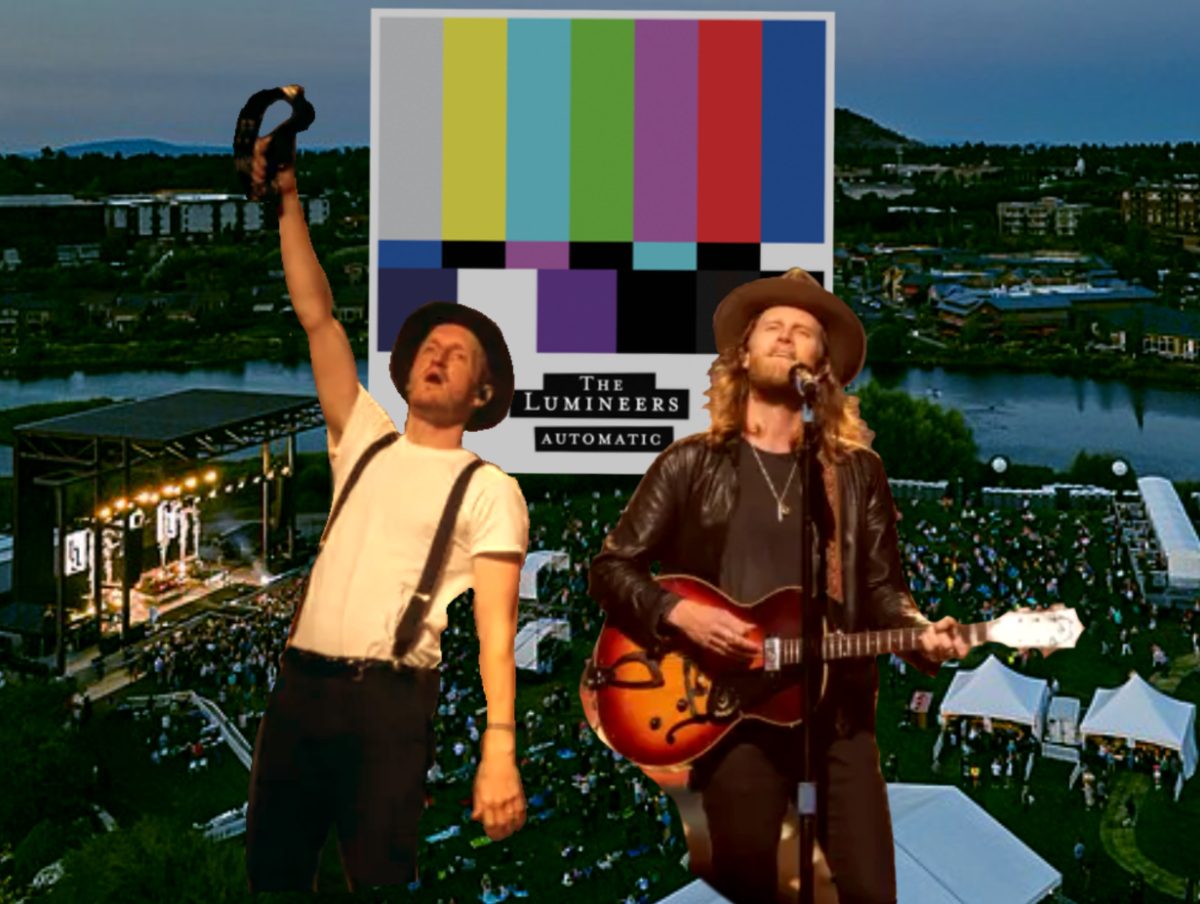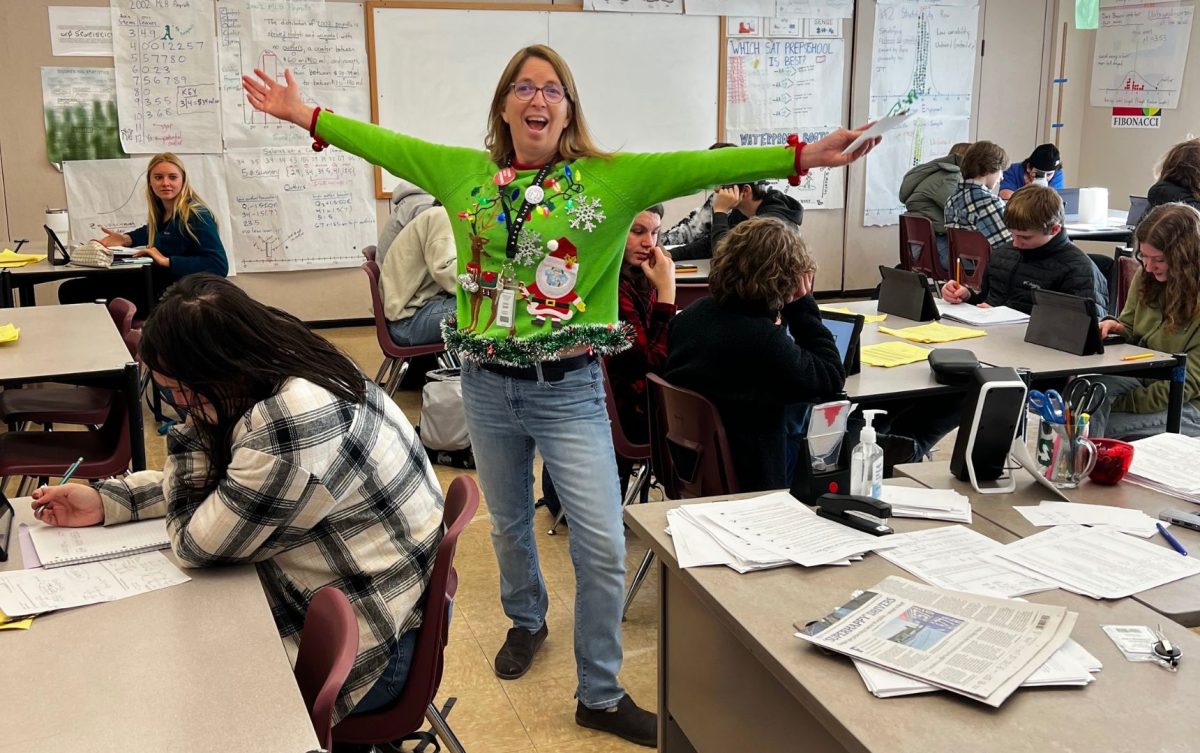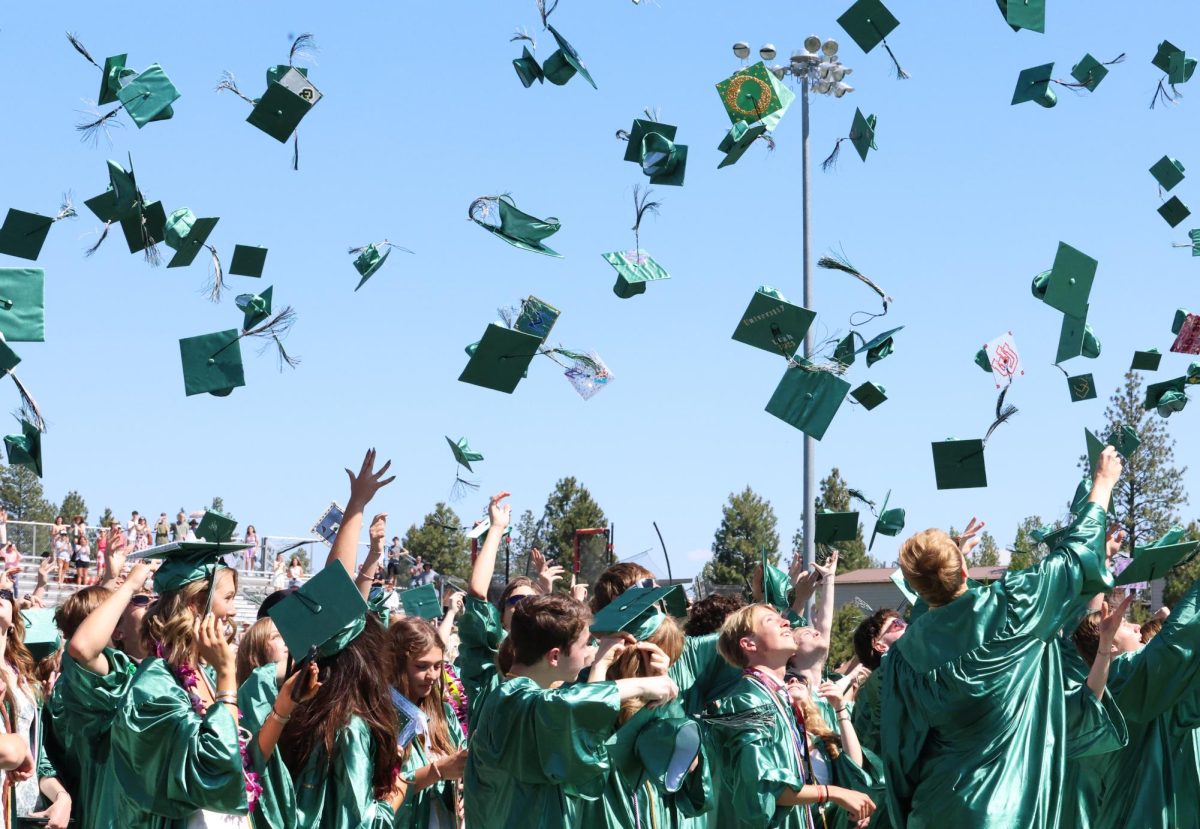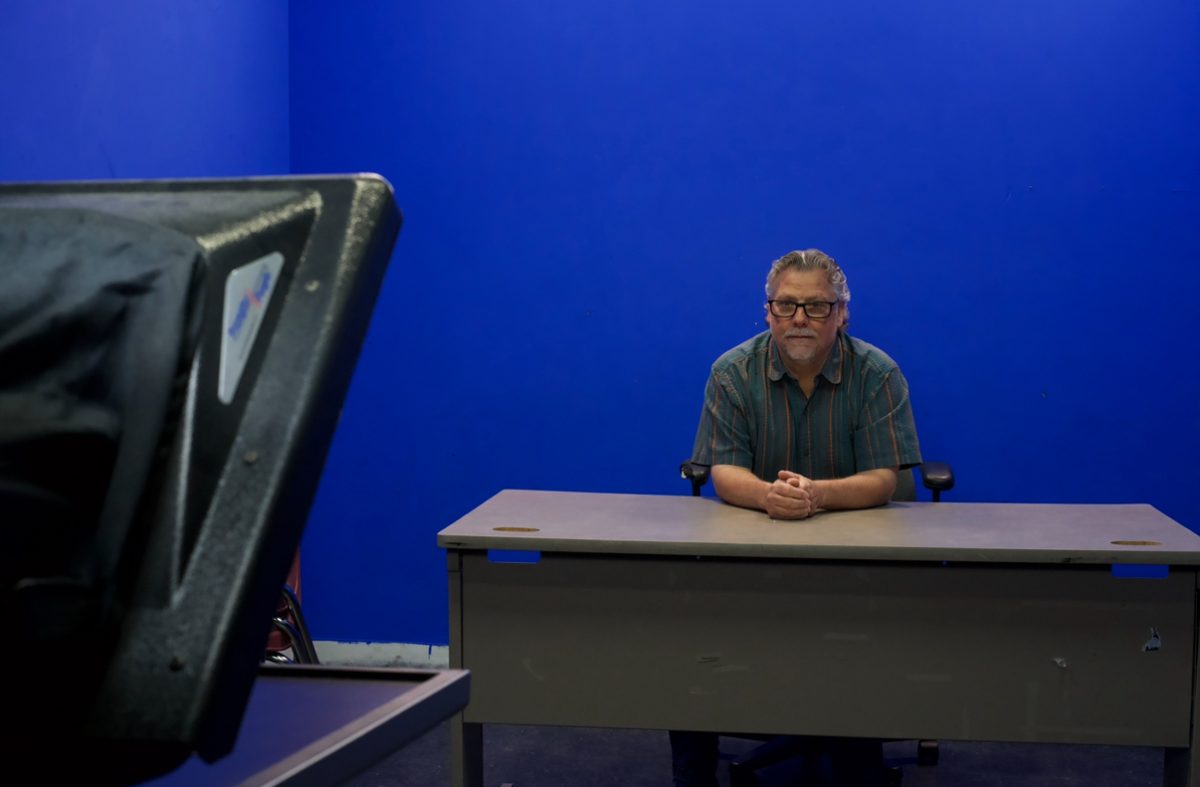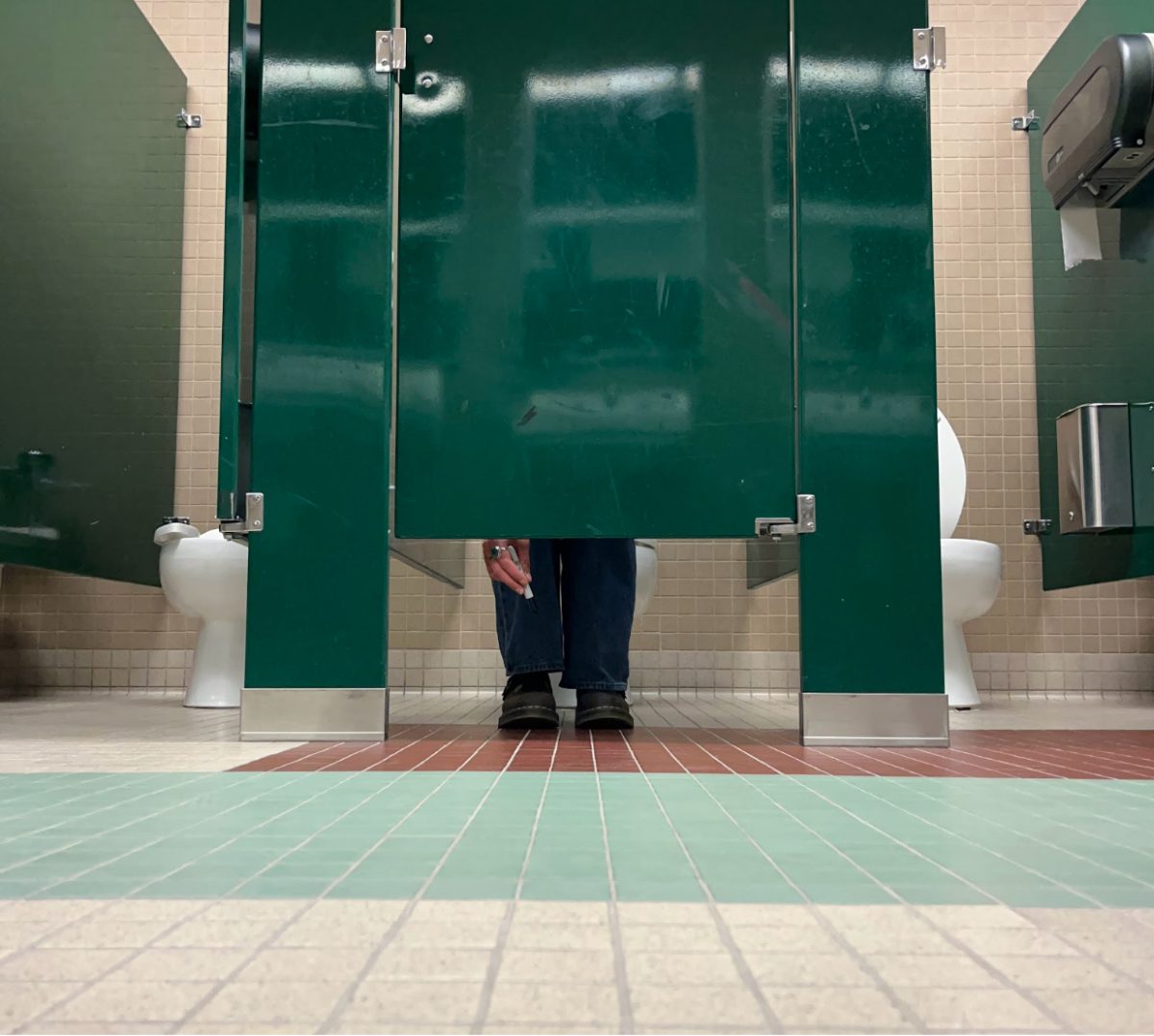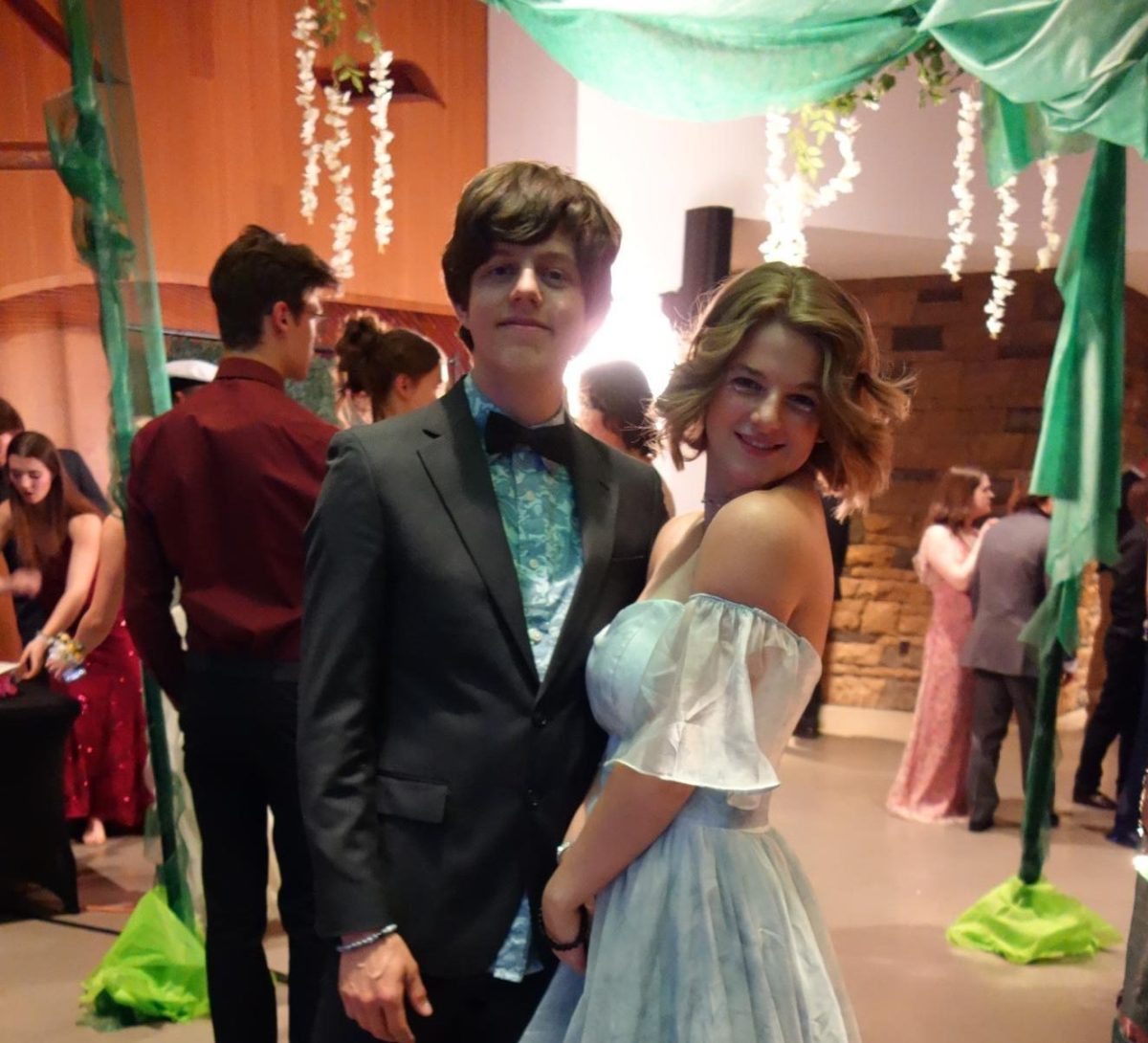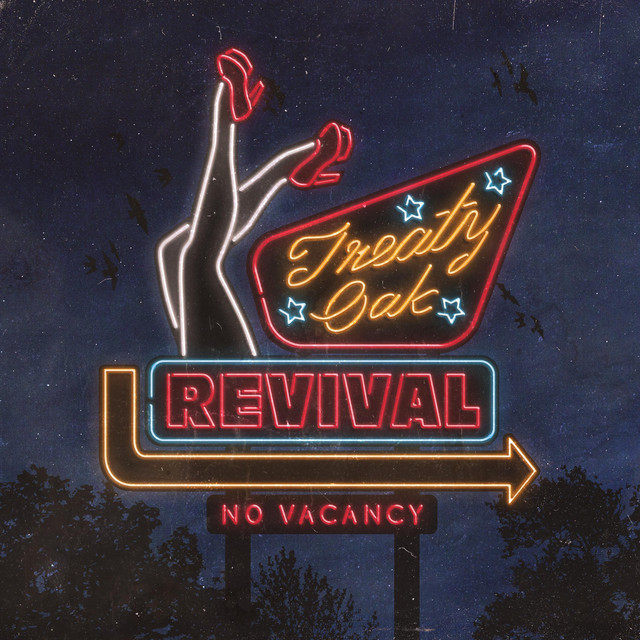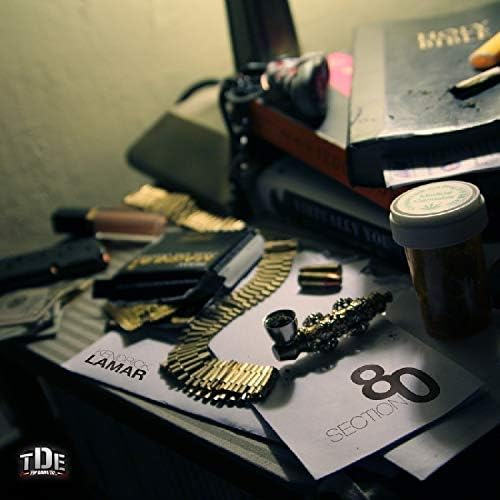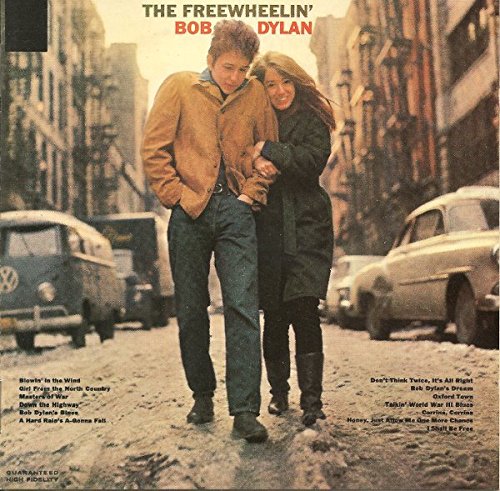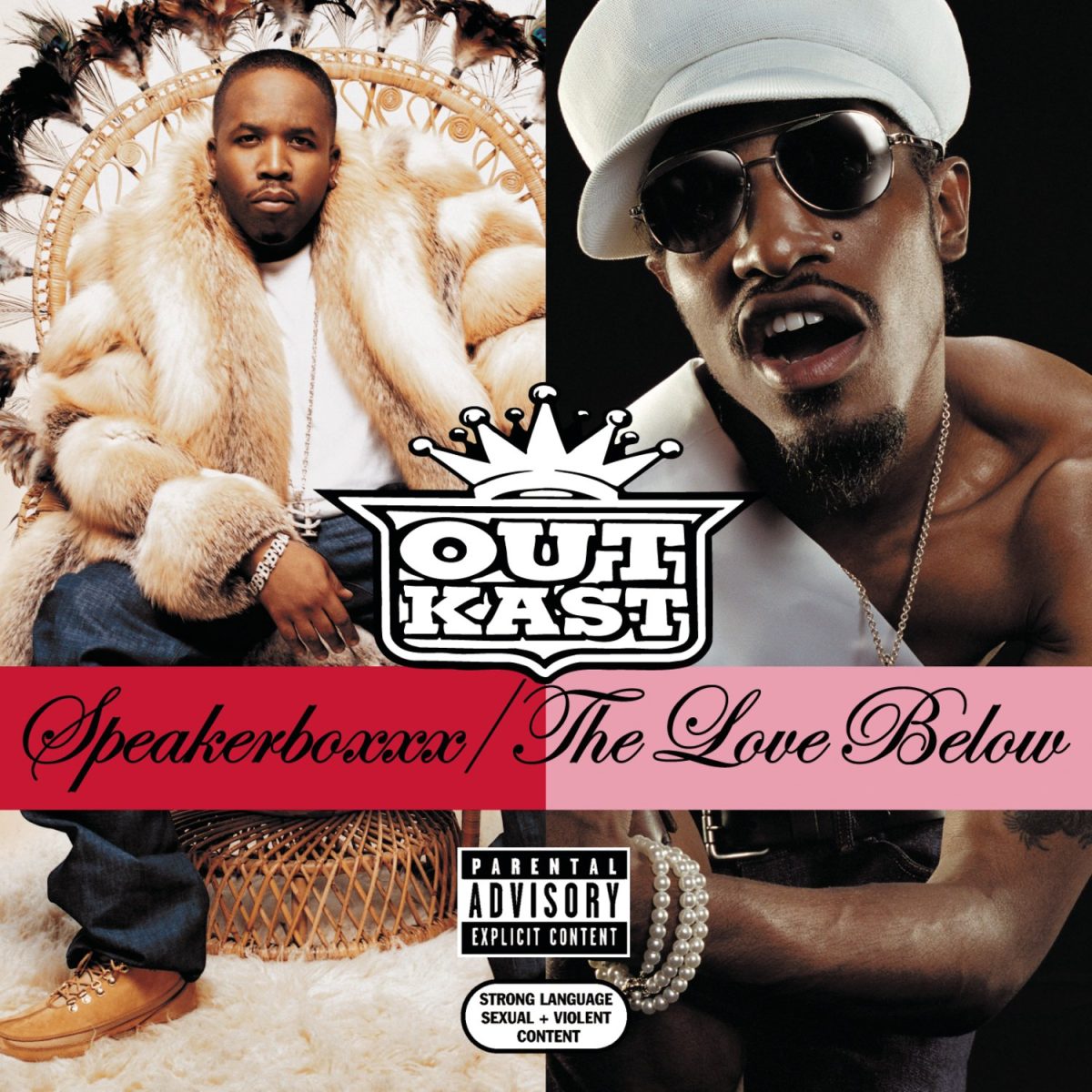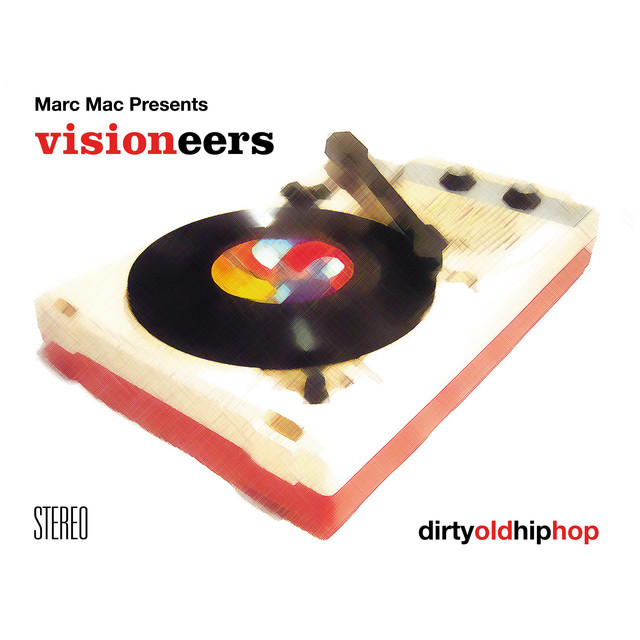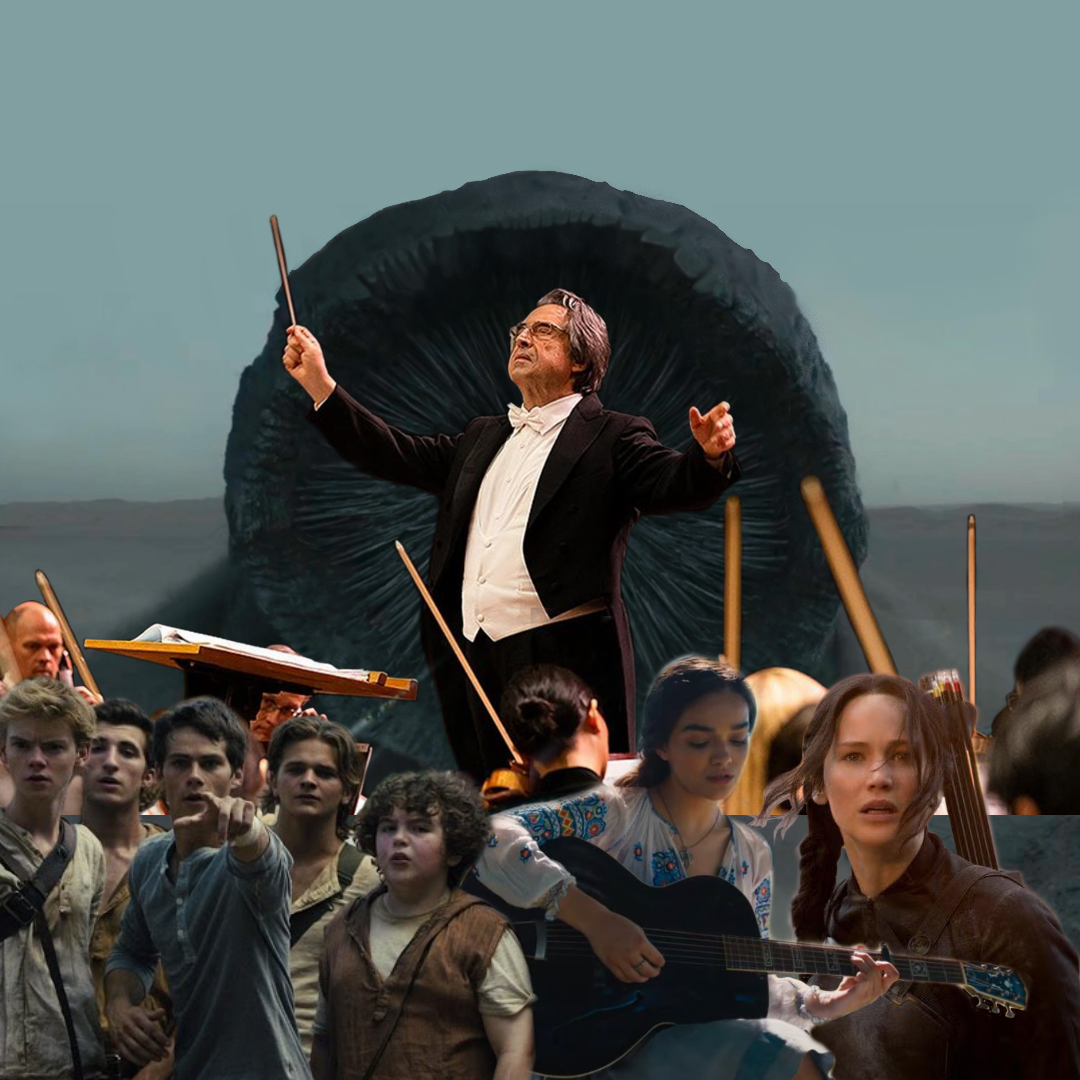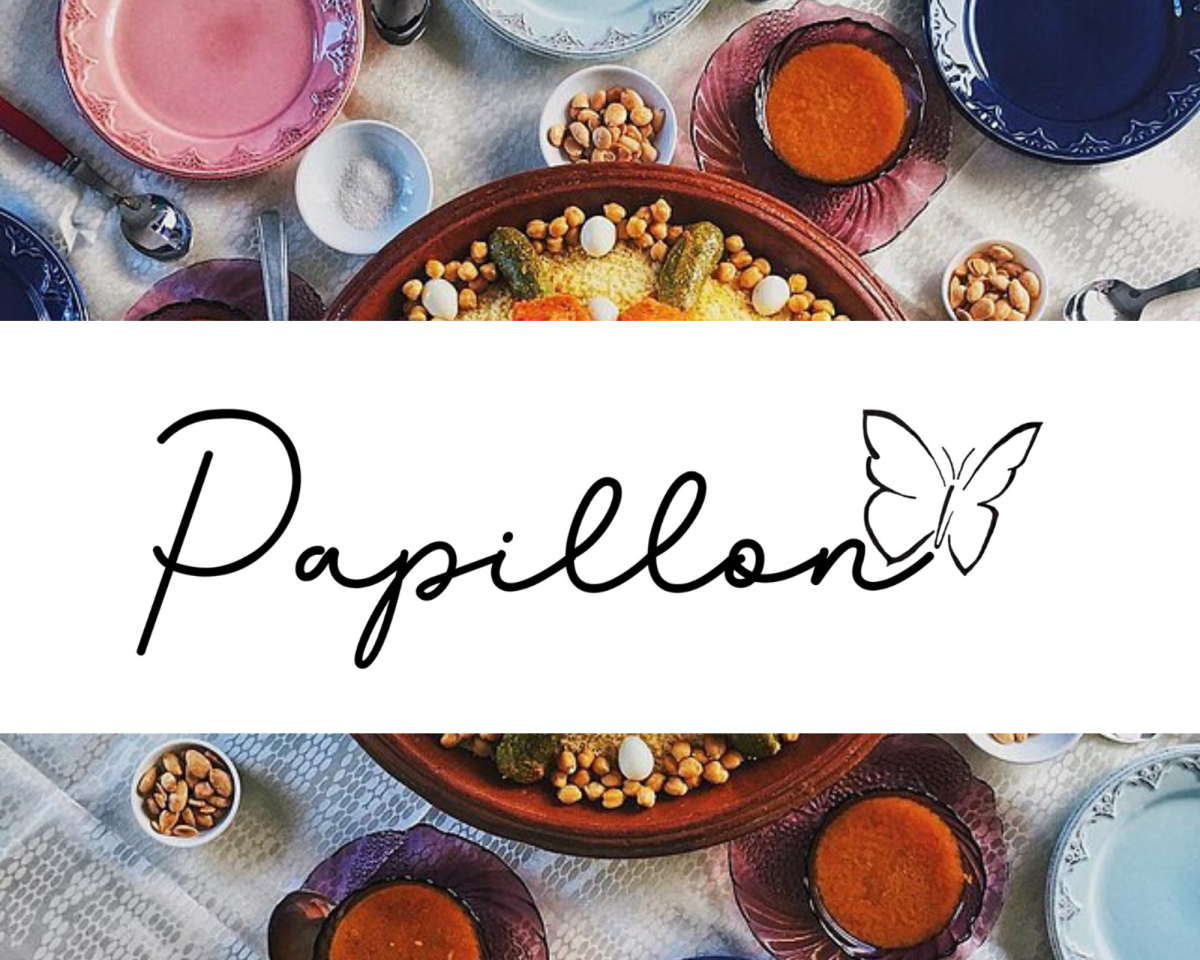The sound of dystopia is like nails on a chalkboard, the clanging of pots and pans and the hum of electricity in a power line. Laced in familiarity yet uncomfortable, these are all sounds we’ve experienced.
Music in film invokes several thoughts in the viewer. It establishes the setting, creates atmosphere and draws viewers to subtle foreshadowing and narrative developments. Giving meaning to a character’s actions or translating their thoughts through music guides emotion to a scene that otherwise may have been overlooked. Traditionally rooted in computerized new-age music, dystopian films are stepping back from futuristic concepts and introducing melodies that hit closer to home.
All of these aspects are evident in James Newton Howard’s composition in the newest movie of The Hunger Games franchise, The Ballad of Songbirds and Snakes, along with 120 films including Pretty Women (1990), Dinosaur (2000), Jungle Cruise (2021).
“‘Can’t Catch Me Now’ is my favorite out of the whole soundtrack even though it wasn’t in the movie. It matches the past Hunger Games movies but puts a new spin and artist on it,” said Summit sophomore and fan Adeline Bennett.
The Ballad sees music take on a far more central role, with lead actress Rachel Zegler often being heard singing styles inspired by the earliest forms of American country throughout the film.
This dystopian film genre generally aims to put an unfamiliar world in the palms of viewers’ hands, all while invoking the feeling of familiar practices and values. The music of these films such as the earlier Hunger Games, the Divergent series and the Maze Runner series (film score produced and composed by Hans Zimmer) fall short of carrying out this task.
The score is music that plays in the background of the film itself, a non-diegetic sound. When films lack engaging sound in scores and fail to produce a soundtrack, they can’t draw the watcher’s attention to emotion and keep them thinking after the film has ended. This is what the purpose of a soundtrack is, to not only sell the music and draw listeners to a film but to direct watchers’ thoughts to the story in the real world.
“It’s a money-making operation in a lot of cases,” said Video Arts teacher Brady Bedsworth, “It’s cheaper to produce diegetic sound in a soundtrack because they don’t need someone to create the music where you have to have an orchestra or band.”
The Ballad soundtrack features seventeen songs from and inspired by the film performed by Rachel Zegler, Flatland Cavalry, Sierra Ferrell, Molly Tuttle, Bella White, Billy Strings, The Covey Band, Charles Wesley Godwin and others. Now available on all major digital music platforms, the original song “Can’t Catch Me Now” was co-written with Dan Nigro, the project’s executive music producer, and performed by Olivia Rodrigo. Bringing in popular artists such as Olivia Rodrigo brings exposure to both the artist and film driving sales up. This contributes to the shift dystopian films are making from non-diegetic to diegetic sound, making more money and better reaching the target audience of teens and fans.
Diegetic sound is sound that has an on-screen source. These sounds haven’t been edited in, for example, an actor or actress performing to an audience as a scene in a film. Non-diegetic sound is sound that doesn’t have a source on-screen, being edited into the film later. An example of this is suspenseful music when a character is in danger.
The Ballad of Songbirds and Snakes exposes audiences to music and performers they may otherwise not interface with bringing both the artists and movie exposure. Veering dystopian film soundtracks away from the practical norm of suspenseful electronic music sounds with orchestral arrangements.
Hazel Donnelly, a Summit sophomore and avid watcher of dystopian films, believes Howard’s soundtrack opens people to a new genre of music in a way Zimmer’s arrangements do not.
“On TikTok, once I heard the Bluegrass music I started listening to the soundtrack and it opened my eyes to how much it affected the movie, the soundtrack is really good,” said Donnelly. “It tells a story on its own.”
Music in film often contradicts with the presented image making it possible to express the unspoken in film rather than underlining it. The argument can be between contradictory atmospheres drawing attention to important aspects of a film, for example; lyricism where the scene is emotionally or physically violent.
Although not a dystopian film, “In Casa Blanca, there’s a relatively famous woman who was a singer and a guitar player and in that movie, there was a scene of her singing. That not only promoted her but promoted what was happening in that scene,” said Bedsworth.
The increase of diegetic sounds in film scores and soundtracks is evident including and promoting young artists. Driving film scores, soundtracks and views up not only makes movies more revenue but also enhances the experience of watchers.





